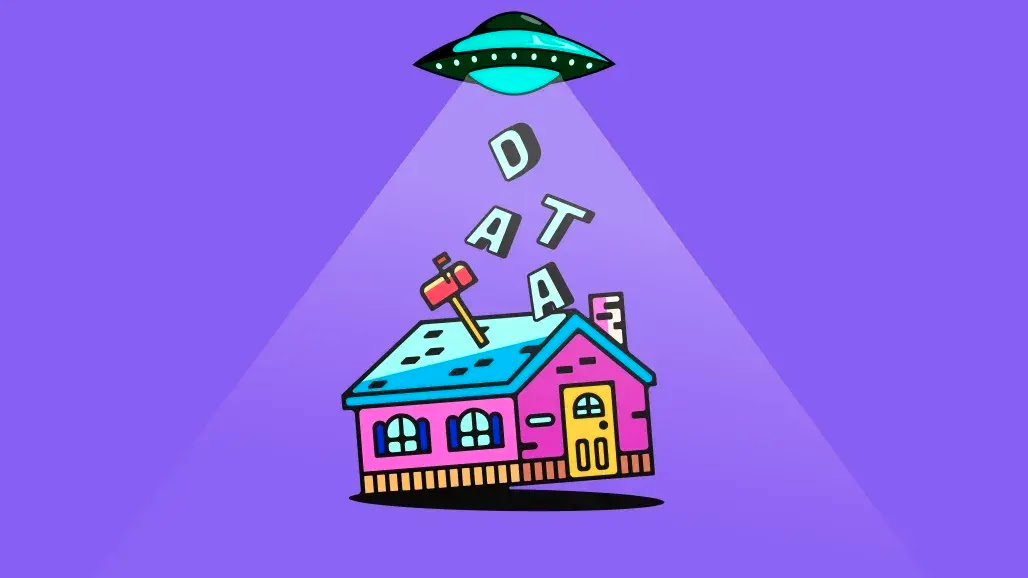#ad-targeting
#ad-targeting
[ follow ]
#privacy #meta #personalization #ai-personalization #google-ads #retail-media #data-privacy #ai-adoption
fromgizmodo.com
1 week agoGoogle's Ambitious Privacy Sandbox Project Signals Its End
The dream was a built-in Chrome system that would have allowed the data used for ad customization to live on your device. This system would have used AI to sort you into relevant groups of users with certain traits. Had it worked, advertisers would have still been allowed to target you with ads, but without tracking you as an individual. Needless to say, it would have also put an end to those awful pop-ups.
Privacy technologies
fromZDNET
3 weeks agoYou should disable ACR on your TV right now (and the difference it makes to your privacy)
Did you know that whenever you turn on your smart TV, you invite an unseen guest to watch it with you? These days, most mainstream TVs use automatic content recognition (ACR), a type of ad-tracking technology that collects data on everything you watch and sends it to a central database. Manufacturers then use this information to understand your viewing habits and deliver highly targeted ads.
Privacy technologies
Privacy professionals
fromBusiness Insider
3 weeks agoThe head of Instagram swears the app isn't listening to you. But here's what it is doing.
Instagram does not listen to users' microphones to serve ads; ad targeting relies on user activity, advertiser-shared data, social signals, and prior ad exposure.
Privacy technologies
fromPocket-lint
1 month agoIs your phone actually listening in on you? The answer is complicated
Corporations almost certainly do not secretly listen via phone microphones; targeted ads are more likely the result of sophisticated ad-tracking and data practices, not constant eavesdropping.
fromSocial Media Today
1 month agoYouTube Sets Live-Stream Viewing Record with NFL Opening Night
and with Connected TV viewing (i.e. people watching YouTube content on their home TV sets) continuing to grow, it's legitimately a competitor for traditional TV channels in many respects. And with YouTube's more advanced ad targeting tools and options, that could make it an increasingly valuable consideration for your campaigns, enabling broad reach to sports fans, with hyper-targeted, even AI-facilitated targeting to maximize reach and resonance.
Marketing tech
Privacy professionals
fromExchangewire
3 months agoDigest: Ocado & Publishers Team Up on Clean Room Data Targeting; Reddit & EU Step Up Age Checks in Online Safety Push
Ocado collaborates with UK publishers for privacy-compliant data targeting.
EU is implementing an age verification app to enhance online safety for children.
Marketing tech
fromDigiday
4 months agoHow AI-backed neuro-contextual technology is improving ad targeting
Neuro-contextual ad targeting utilizes AI to deeply understand consumer behavior, surpassing traditional methods.
The shift to neuro-contextual targeting improves ad relevance by focusing on audience emotions and intentions.
[ Load more ]



